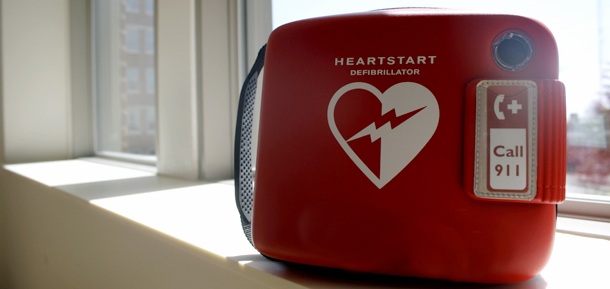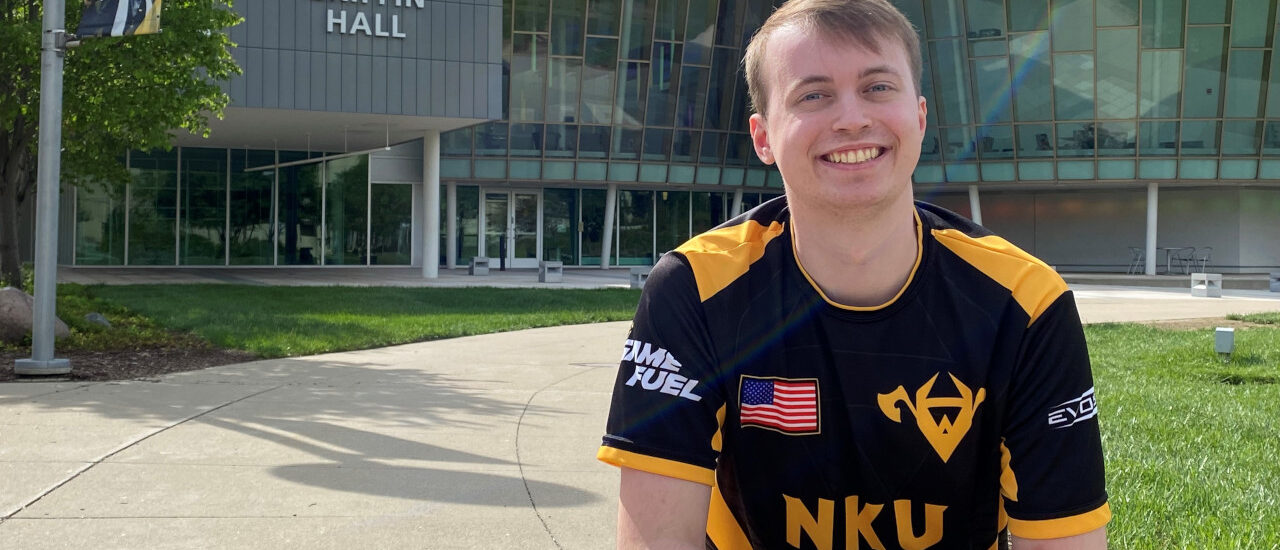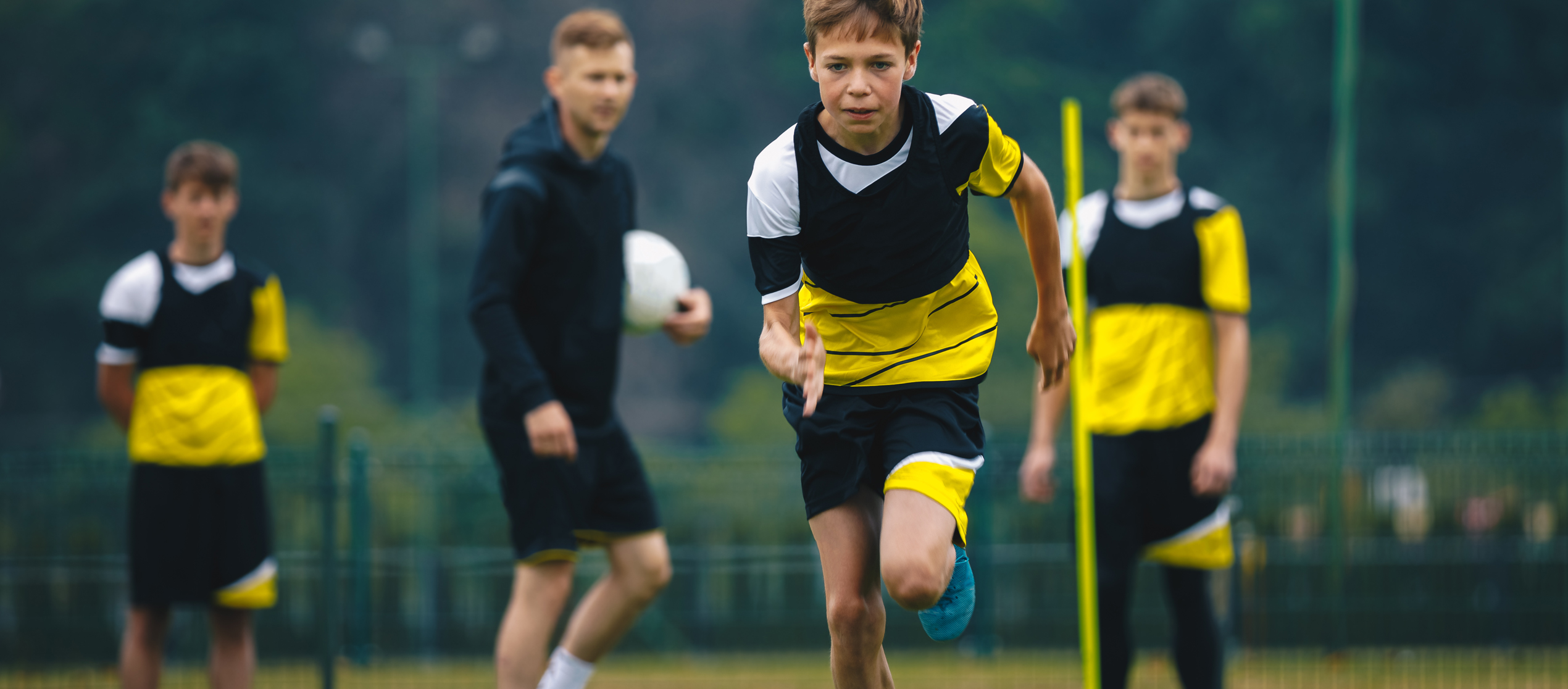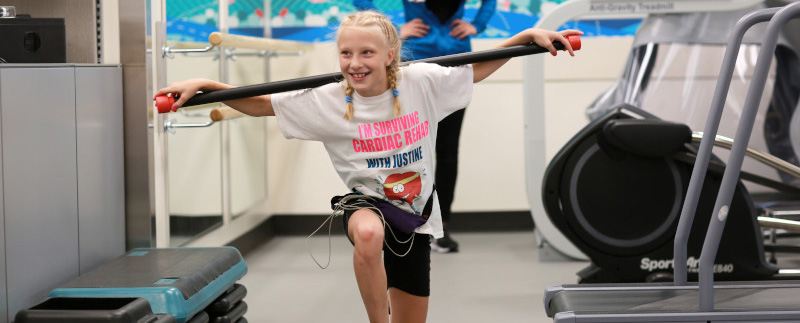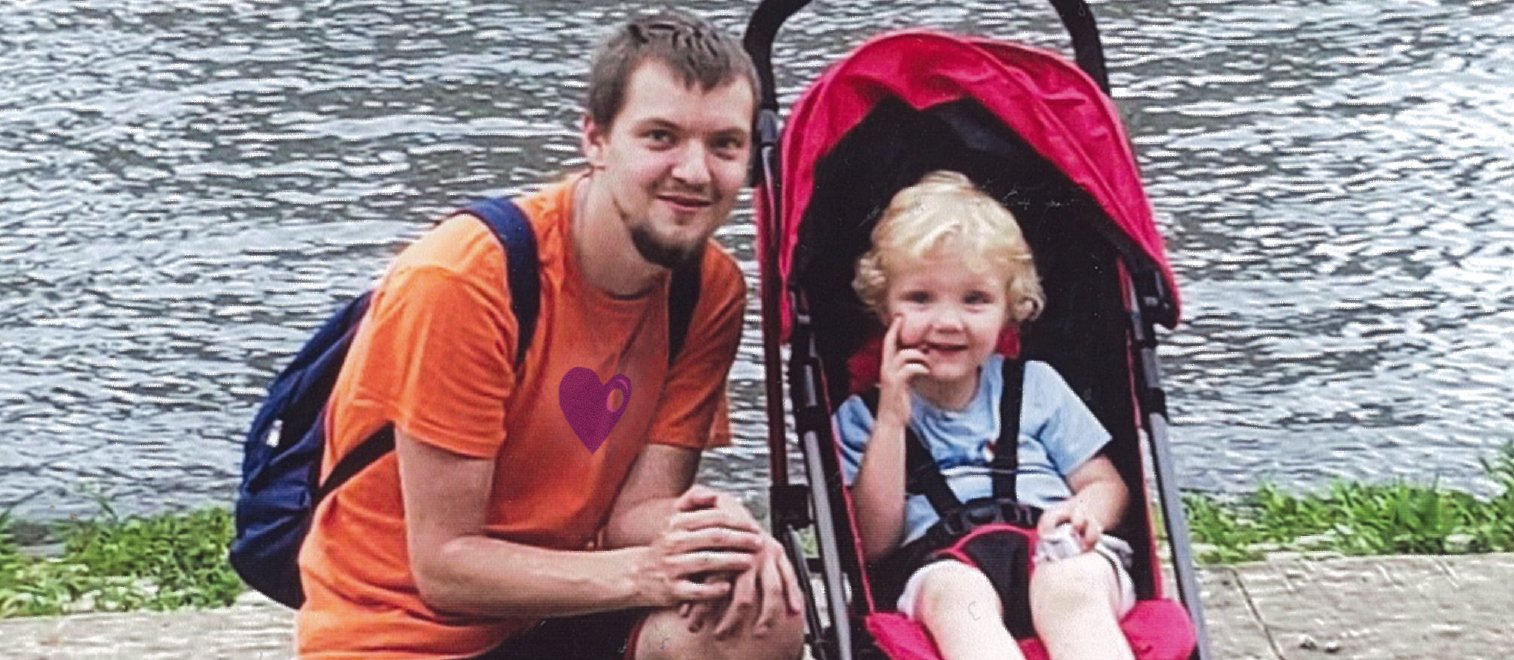The functionality of an AED (Automated External Defibrillator) is complex. It evaluates the heart rhythm and delivers an electric shock to the heart when it unexpectedly stops. It’s no wonder that an American Heart Association study revealed that only 15 percent of people feel confident they could use an AED in an emergency.
However, using an AED is not complicated. In fact, it was designed so that anyone – a stranger, a bystander, a gym-goer, a parent at a soccer game – can administer a life-saving shock to someone that has collapsed due to sudden cardiac arrest. Response time in this situation is paramount – if CPR and an AED are administered within three to five minutes of the collapse, chances of survival is 70%.
Instructions Every Step of the Way
It really is simple to use, and no medical degree or formal training required. The internal computer walks the user through every step.
- It will tell you to call 911 and apply the adhesive pads.
- Then the AED will assess the heartbeat.
- If a shock is needed, the AED will instruct you to press the shock button.
- If the AED determines a shock is not warranted, it will tell you to refrain from shocking the collapsed person.
- The AED will tell you to administer chest compressions if a shock is not needed.
If in Doubt, Use an AED Immediately
Survival of sudden cardiac arrest is dependent upon bystanders taking quick action. The safest approach is to assume that any collapsed, unresponsive individual is in cardiac arrest and apply an AED immediately. The AED’s computer will then determine the status of the heart rhythm for you. This high level of suspicion and subsequent action helps minimize potentially fatal delays in the activation of care.
If a bystander is concerned that an AED may harm a person, they can take comfort in the fact that AEDs are 100% accurate at refraining from shocking someone that doesn’t need a shock. Please see this video from the American Heart Association demonstrating the simplicity of using an AED.
Screening is Important, but AEDs are Still Necessary
As a doctor with a vested interest in this topic, I wish we had a better preventive approach, so that AEDs weren’t necessary. Currently in the United States, high school athletes are screened for life-threatening heart conditions by medical history and physical exam. Some athletes in the schools may have even had a mobile heart screen performed through a local hospital or organization.
While screening athletes for potentially life-threatening heart issues is quite important, this approach is imperfect at detecting the majority of student athletes at-risk for sudden cardiac arrest. Unfortunately many young athletes are missed and can have sudden cardiac arrest despite them appearing healthy and physically fit.
At Cincinnati Children’s Heart Institute, we know that the proper deployment and use of AEDs are essential in saving lives and that there is a need in our community for this service. Because of this, we’ve partnered with several local organizations including the Congenital Heart Alliance of Cincinnati and Project Adam to ensure local schools have the equipment and training needed to use AEDs and ultimately protect the families in our area.
Until we’ve found a better methodology for screening and prevention, sudden cardiac arrest is a reality for those at-risk. Having AEDs readily available (not locked), in good working order (batteries charged), and bystanders willing to use them, is a victim’s best chance of survival.

